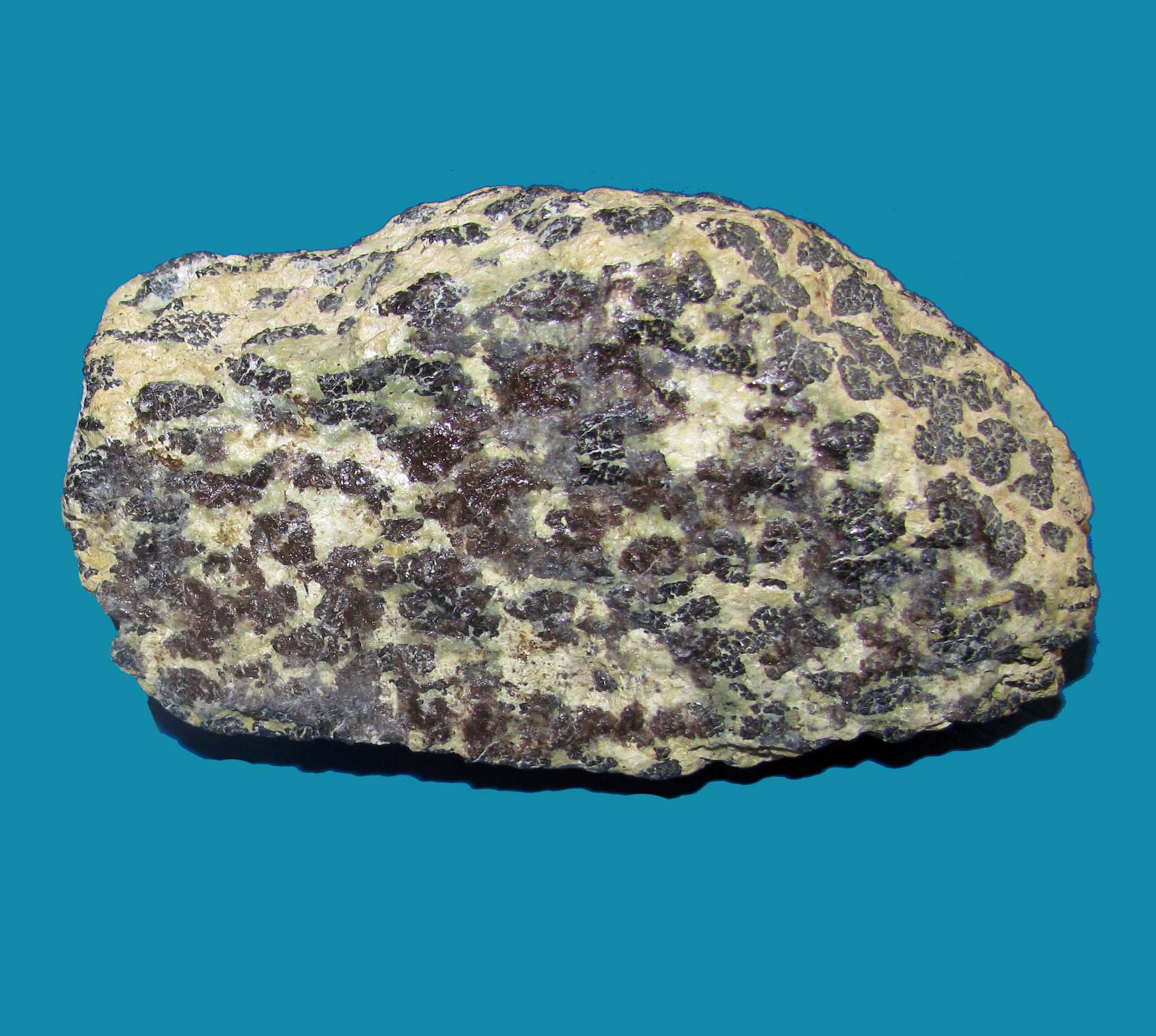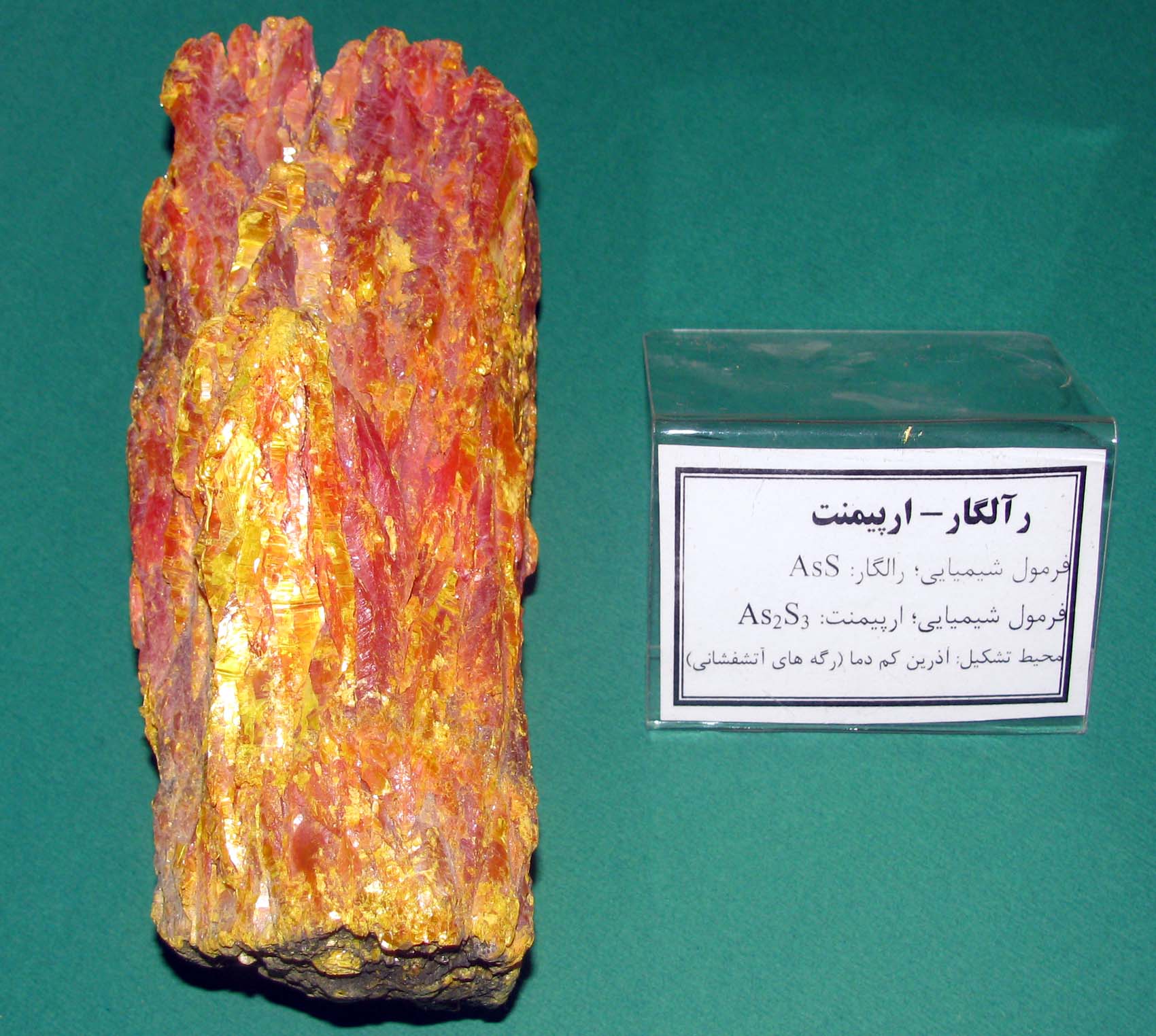Geology Department
This department contains 1384 samples, including rocks, minerals, fossils, sedimentary structures, educational boards, etc. Each category is classified according to existing classifications in geological museums worldwide.

Various mineral groups, such as elements, sulfides, sulfates, salts, silicates, and nonsilicates, contribute to the department's diverse collection. Minerals are classified into silicates and non-silicates. This department also showcases precious and semiprecious minerals like ruby, emerald, agate, topaz, quartz, and amethyst. Furthermore, the department displays a variety of igneous, pyroclastic, metamorphic, and sedimentary rocks. Animal fossils (invertebrates) in this department belong to various geological periods and are categorized into 5 groups: sponges, brachiopods, mollusks, arthropods, and echinoderms. The vertebrate section unique examples of Eocene fish fossils, as well as replicas of dinosaur heads and footprints. The plant fossils from 3 Alborz and Central Iran, dating back to the second geological period, represent three main orders: ferns, Bentitals, and Nilsonias.

